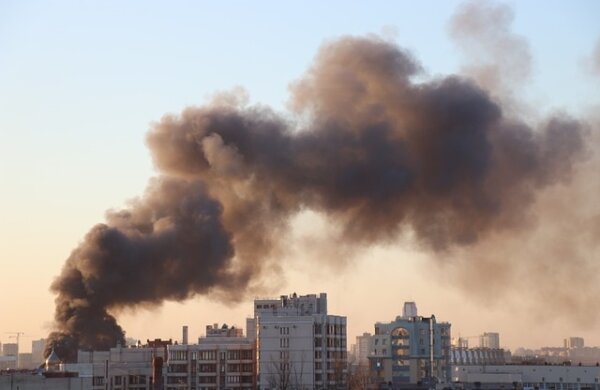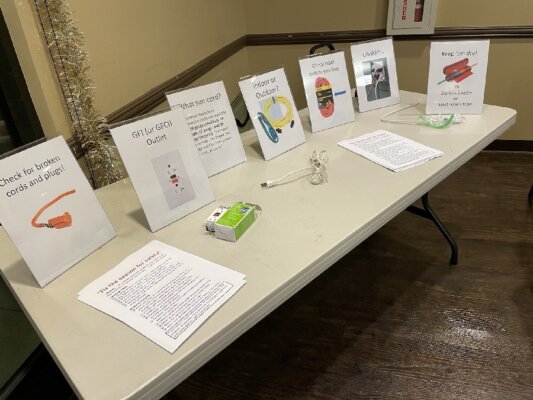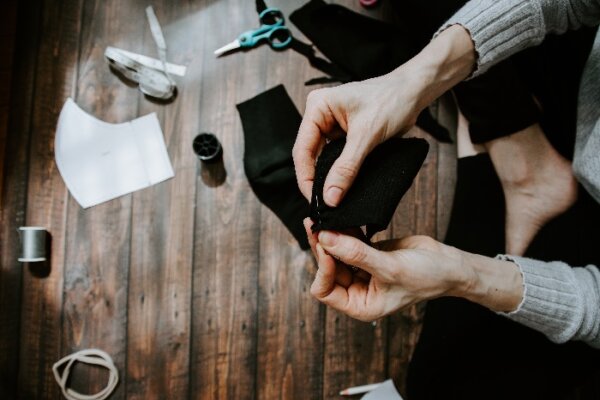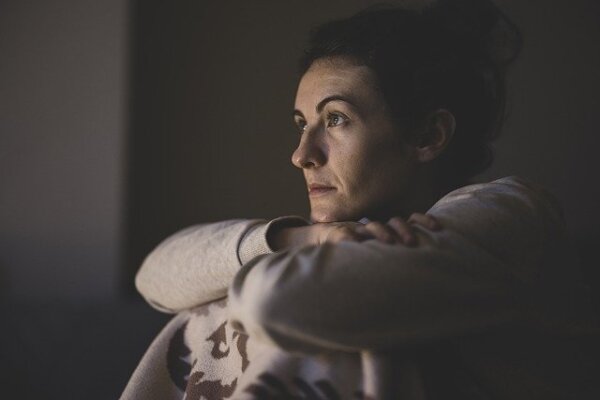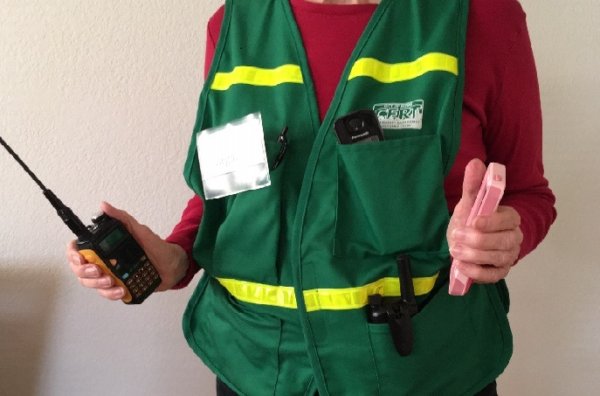Paradise was a Test for Emergency Responders. Many failed.

Since you’re a reader here at Emergency Plan Guide, I’m sure you remember the fire season of 2018: the “deadliest and most destructive wildfire season on record in California.” You may even remember some of the statistics: nearly 8 thousand separate fires, nearly 2 million acres burned. And 100 people confirmed dead – with a possible 50 more never found.
But so much has gone on since then that you may have forgotten about the single worst fire of that worst year. The Camp Fire roared through the Northern California town of Paradise on November 8, in one day destroying 95% of homes and businesses and leaving 85 dead in its wake. Paradise was a test for Emergency Responders. And many failed.
Yes, you may have forgotten. But if you read the book I just finished, you will NEVER forget Paradise.
“Paradise: One Town’s Struggle to Survive an American Wildfire”
by Lizzie Johnson
How to describe this book’s impact on me? It was so compelling I read all day the day I got it. So intense I couldn’t sleep that night. Some images remain in my mind: walls of flame 200 feet high; children only vaguely visible in a school bus filling with smoke; propane tanks exploding like bombs; floating embers as big as dinner plates . . .as big as dinner plates!
People who were heroes. And people who made bad decisions. . . a lot of bad decisions.
Paradise is a must-read for people who can’t afford to make bad emergency management decisions. Here are some questions to identify who those people are and force them to think about the decisions they might make under similar circumstances.
Are you one of the people who could be tested by disaster?
Do you live at the wildland-urban interface?
There are more of you every year, and you are a target. At Emergency Plan Guide we’ve written more than once about the dangers of wildfire, and how to be smart about defending your property from it. We’ve even written about new technology for the professionals who fight these fires. But technology only gives you more options. Judgment is still the real difference between success and failure. And in a case like Paradise, between life and death.
As I write this, over half the states of the U.S. are in drought. There’s no longer such a thing as “fire season.” Rather, it’s fires year-round.
Everyone at the wildland-interface needs to know how to build, how to defend, how to evacuate when fire threatens. As you read how people struggled in Paradise, your own choices may become clearer.
Do you deal with particular sub-sets of your community, such as seniors? Children? People with disabilities?
Johnson’s research included digging deeply into the living conditions and also the mindset of the people who lived and worked in Paradise. You get to know these folks and their community. It was like many others. But it had some unique characteristics that played into the choices emergency professionals made.
One was a higher-than-average population of older people – 25% compared to the American average of around 15%. This meant more people in Paradise had health and mental limitations, and physical disabilities. When it came to evacuation . . .
- They didn’t know the fire was coming. Few had signed up to receive emergency alerts. They were busy with life, not watching the news.
- In Paradise and even here in my community, older people have lived through other disasters in their lives. They tend to figure they will get through this one, too. In fact, many simply refuse to consider evacuation.
Seniors stand to fail the test of responding to emergencies more often than other groups. What about the seniors in your life?
Are you connected to a health-care facility?
Some of the most powerful stories in Johnson’s book describe what happens as clinics and hospitals are threatened and overrun by the fire. Talk about heroes! But talk about impossible situations: not enough wheelchairs, much less ambulances. Patients too large or too ill to walk or even fit into a car. Ultimately, no power.
How confident are you in your facility’s evacuation and overall emergency response plans? Or in the plans of the facilities where you have family members?
City leaders, including professional emergency managers, struggle to balance politics with safety. In Paradise, they lost.
Paradise describes a history of town development, where decisions were made by various councils about paving, widening, and narrowing streets. About water supply. Code enforcement. Hiring. Economic considerations often won out over safety. And everything came into play during the fire.
One of the most difficult decisions was when and how to call for evacuation. For me, reading the details of those decisions was agonizing.
If you are a professional emergency manager, a First Responder, or simply a concerned citizen, you’ll find yourself wanting to make a checklist of things to look into for your own community. I did. My list contains over 35 items.
First Responders showed up. But things didn’t work as planned.
Johnson describes helicopter pilots unable to fly because violent downdrafts threatened to smash them into the mountainsides. Police officers directed traffic without understanding where they were sending people. Communications between different departments didn’t always work.
Some Incident Commanders were up to the job. Others weren’t sure, and waffled.
Paradise can be a mini-study in how mutual aid works – and sometimes doesn’t.
And last. But perhaps first in importance: what can you expect from your utilities?
The Camp Fire was determined to have been caused by PG&E, the largest utility not only in California but in the nation. PG&E pleaded guilty to 84 counts of involuntary manslaughter, admitting that a spark from a 91-year-old transmission line started the fire. (Interestingly, the utility had previously warned that power might be shut off. Later, though, they claimed that conditions that day did not meet the company’s criteria for emergency shut-off.)
Does your utility do “Safety Shut-offs?” Under what conditions? What do you know about the history, maintenance and current condition of your utility’s grid? What plans do they have for back-up in an emergency? The same questions apply for your communications providers.
These are only some of the urgent questions that filled my mind as I followed the increasingly desperate stories of individual Paradise residents. As each profile developed, I kept wondering – “Is THIS person going to end up being one of the 85 dead?”
I urge you to read Paradise yourself, as a citizen, community leader, or emergency response professional. You will be captured and inspired by Lizzie Johnson’s moving narrative. You will also be tested as to your own level of preparedness and readiness to respond. Please don’t wait.

Click on the image to order now from Amazon.
Virginia
Your Emergency Plan Guide team

